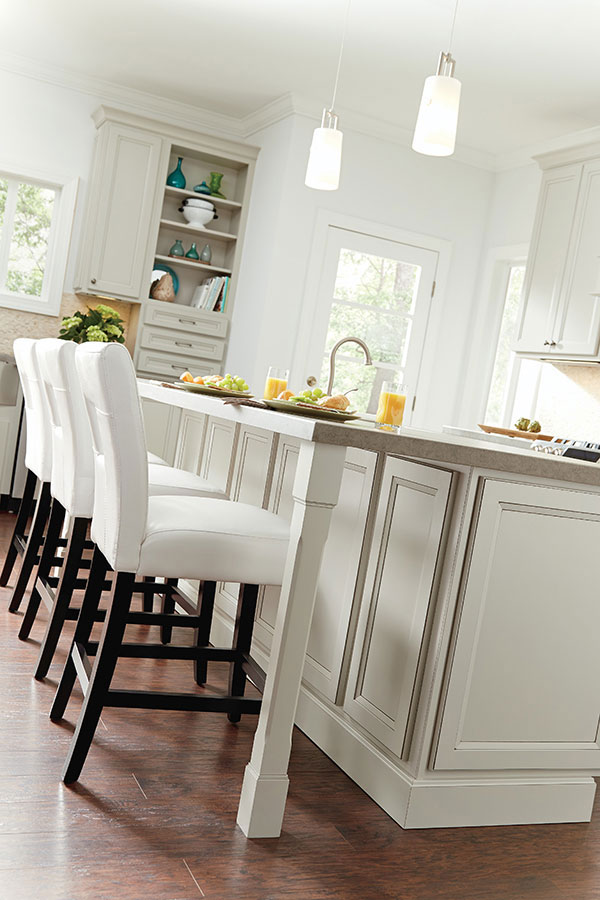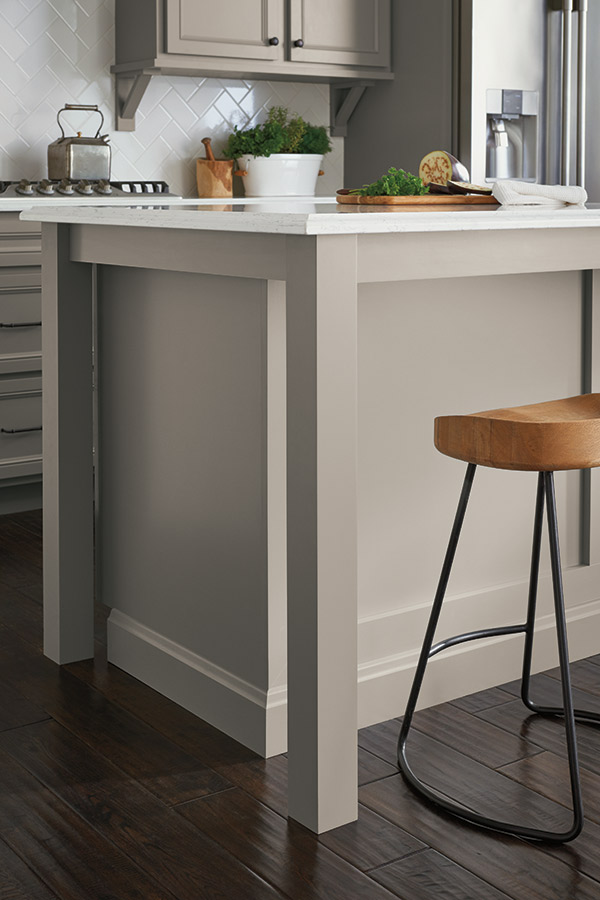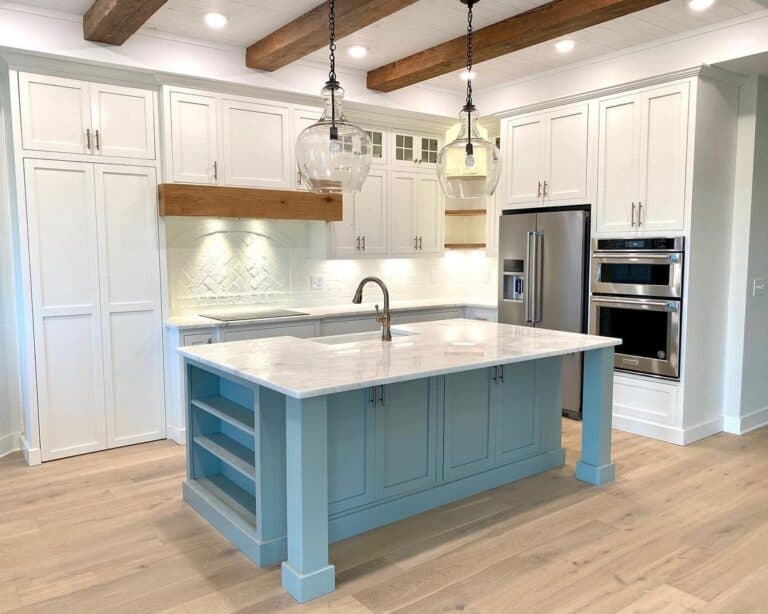Reinvent Your Kitchen's Appearance with Distinct Legs For Kitchen Island Devices
Reinvent Your Kitchen's Appearance with Distinct Legs For Kitchen Island Devices
Blog Article
Important Factors to Consider When Picking Legs For Cooking Area Island
Picking the proper legs for a cooking area island includes a cautious evaluation of numerous aspects that can significantly affect both capability and visual charm. As we explore these components, it becomes clear that each decision can have far-ranging implications for the general cooking area experience.
Material Options
When choosing legs for a cooking area island, understanding the different product options is necessary for attaining both aesthetic appeal and architectural honesty (Legs For Kitchen Island). The choice of material substantially affects not just the sturdiness of the island yet additionally its overall design and performance
Timber is a preferred choice, providing warmth and adaptability. Strong woods, such as oak or maple, give strength and can be stained or painted to match the kitchen area decoration. Steel legs, usually made from stainless steel or wrought iron, contribute a modern and industrial feel while guaranteeing sturdiness and security. These materials are resistant to use and can support considerable weight, making them optimal for larger islands.
An additional choice is engineered materials, like MDF or plywood, which can be more cost-efficient while still supplying an array of surfaces. They might not supply the exact same level of security as solid wood or steel. Legs For Kitchen Island. Products such as acrylic or glass can develop a modern look, though they might need additional assistance to make sure stability.
Inevitably, the choice of product for kitchen area island legs ought to straighten with the preferred functionality and the total theme of the cooking area.
Style and Layout

When thinking about style, the shape and surface of the legs are vital. Tapered legs can supply a sense of lightness and beauty, while thicker, much more robust legs can convey strength and stability. Additionally, the coating-- be it repainted, tarnished, or all-natural-- must match the cabinets and countertop materials to develop a unified appearance.
In addition, the style of the legs can likewise show individual taste. Customized or decorative legs, such as those including detailed makings or distinct geometric shapes, can offer as focal factors, adding character and individuality to the cooking area. Eventually, the best choice will certainly not only enhance capability however also boost the visual appeal, making the kitchen island a standout attribute of the home.
Height Factors To Consider
Picking the ideal height for cooking area island legs is crucial, as it directly impacts both functionality and convenience. The basic elevation for a kitchen island generally varies from 36 to 42 inches, aligning with typical counter top heights.

It is additionally necessary to represent customers' heights and preferences. Tailoring the elevation can make certain a comfortable experience for all member of the family, making the kitchen area island an extra delightful and useful room.
Weight Assistance
Ensuring sufficient weight support for cooking area island legs is crucial for both security and performance. The kitchen area island typically serves numerous purposes, including cooking, dining, and added storage, demanding a robust support structure. When choosing legs, it is crucial to consider the total weight capacity called for based upon the island's meant use and the materials that will certainly be positioned on it.
The option of product for the legs plays a significant function in their weight-bearing abilities. Solid wood, steel, and durable compounds usually supply remarkable stamina contrasted to lighter materials. In addition, the style of the legs-- whether they are directly, tapered, or have a pedestal type-- can affect their capability to disperse weight efficiently across the framework.
Moreover, the leg positioning ought to be strategically intended to enhance stability. Legs positioned at the edges or with a larger base can much better support much heavier lots. Constantly consult the supplier's specs pertaining to tons restrictions to ensure that the legs can sustain the intended weight without compromising safety and security. In recap, selecting kitchen island legs with sufficient weight support is necessary for producing a risk-free and functional cooking area.
Setup and Upkeep
Appropriate installment and upkeep of cooking area island legs are essential for ensuring longevity and security. To begin, it is necessary to comply with the manufacturer's standards throughout setup. This usually includes protecting the legs to the space station making use of suitable bolts, guaranteeing that the legs are level and aligned. Utilizing a level device can help protect against tottering and boost the total aesthetic allure of the cooking area island.
Once installed, regular upkeep is needed to protect the stability and appearance of the legs - Legs For Kitchen Island. For wood legs, periodic cleaning with a wet fabric and application of ideal timber gloss can protect against moisture damages and keep their finish. Steel legs may call for a gentle cleansing remedy to remove oil and crud, complied with by a completely dry cloth to prevent rust development
Additionally, inspect the legs frequently for indications of wear or damage, such as splits or loose joints. Tightening screws or screws as required can likewise lengthen the life-span of the legs. By adhering to these setup and maintenance practices, home owners can guarantee that their kitchen area island continues to be strong and aesthetically learn the facts here now appealing for years to come.
Verdict

Visual coherence is paramount in choosing the style and design of legs for a kitchen area island, as these components considerably affect the general setting of the room. Tapered legs can give a sense of agility and beauty, while thicker, more durable legs can communicate strength and stability.Picking the proper height for cooking area island legs is essential, as it directly affects both capability and comfort. In summary, selecting kitchen area island legs with sufficient weight assistance is vital for creating a practical and risk-free culinary room.
In verdict, picking legs for a kitchen island requires cautious consideration of numerous factors, including material choices, design, height, weight assistance, and installment.
Report this page